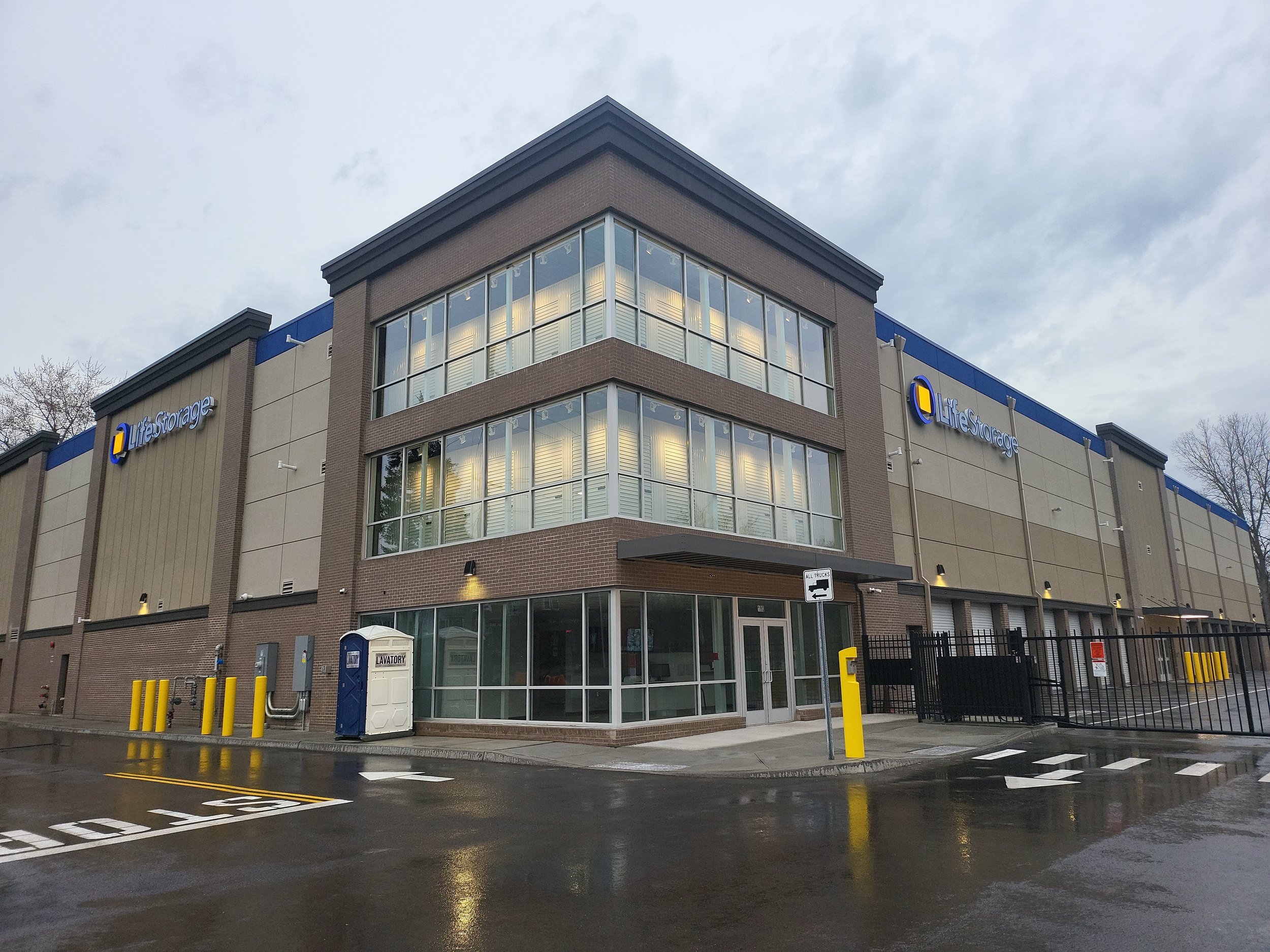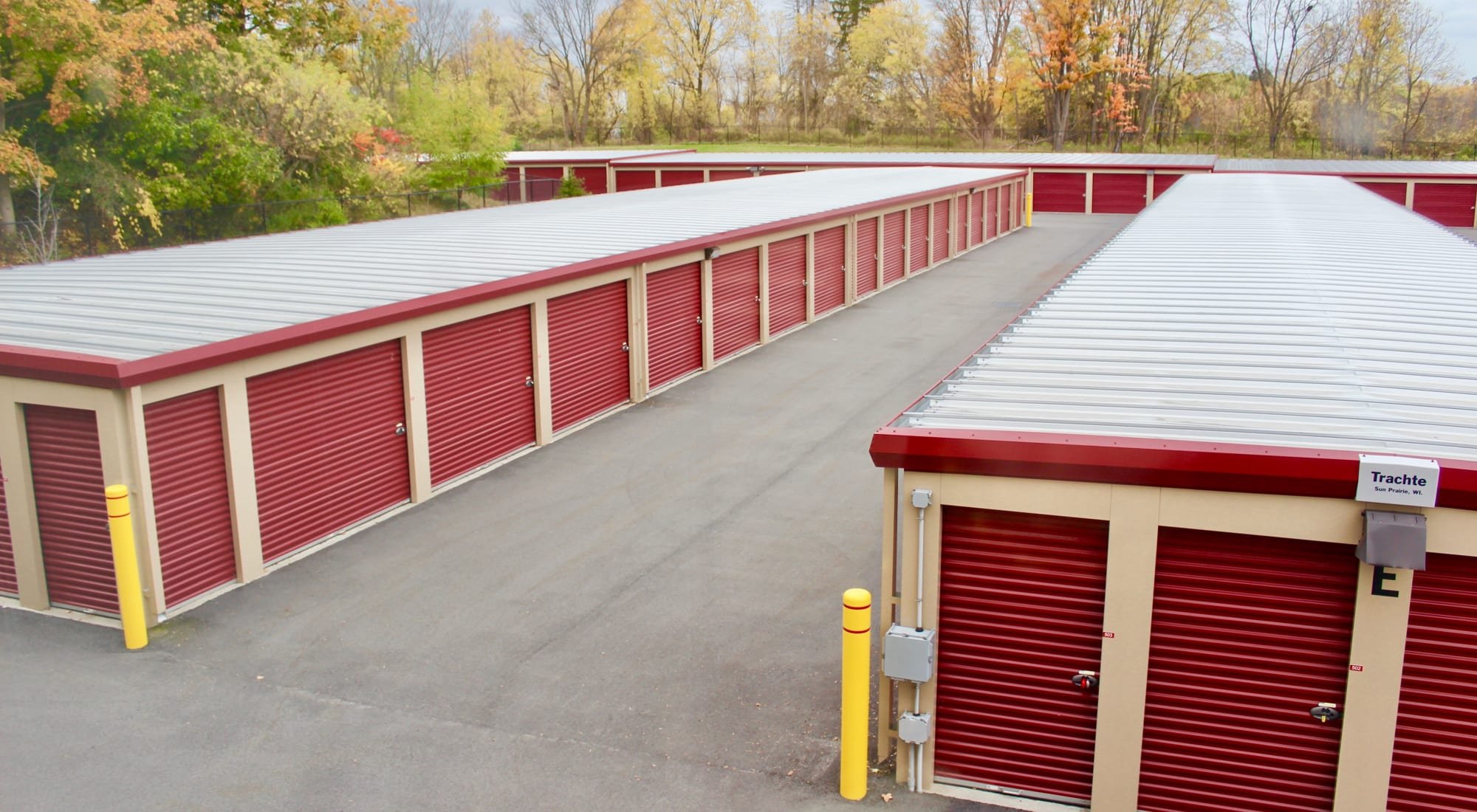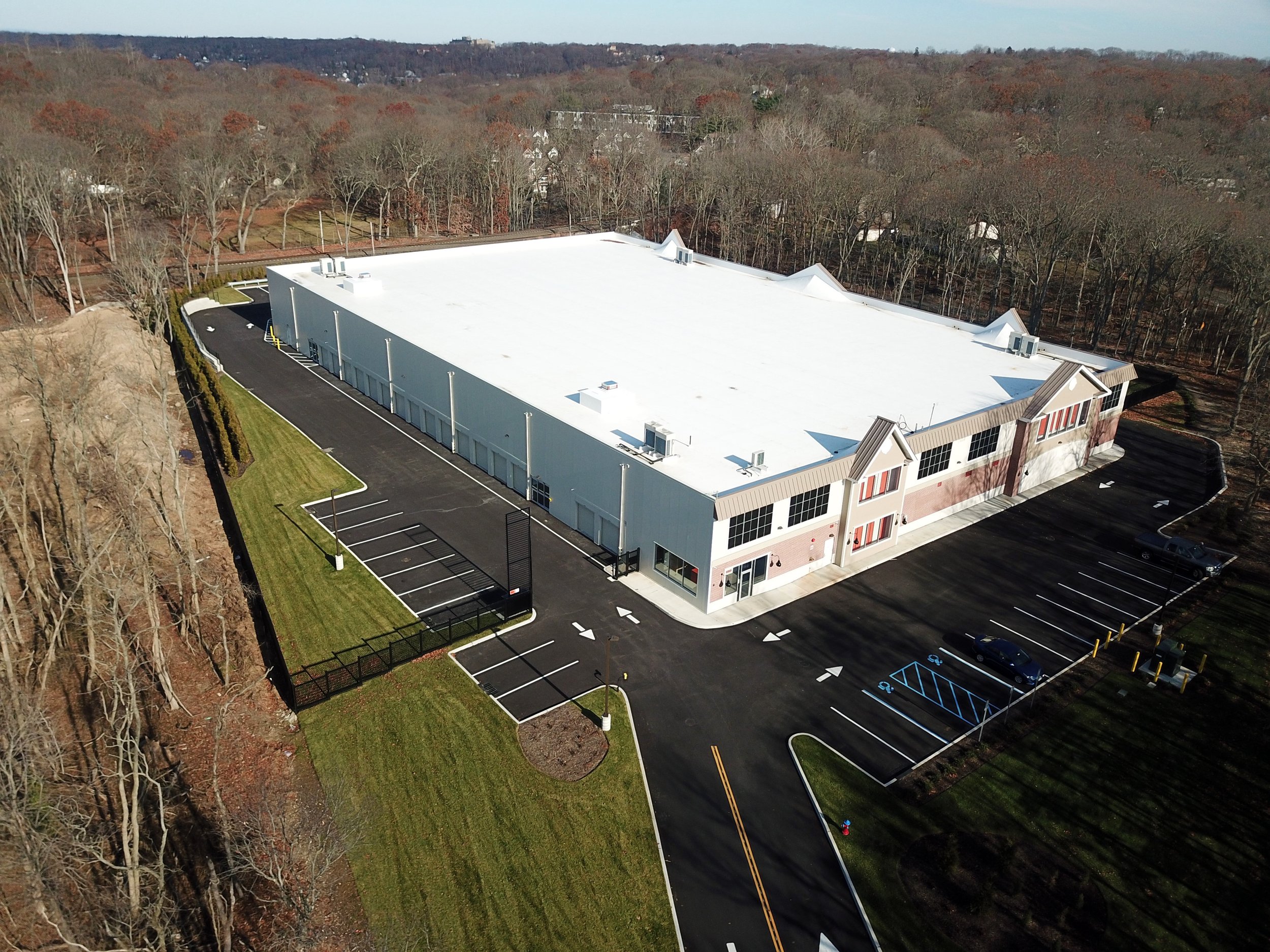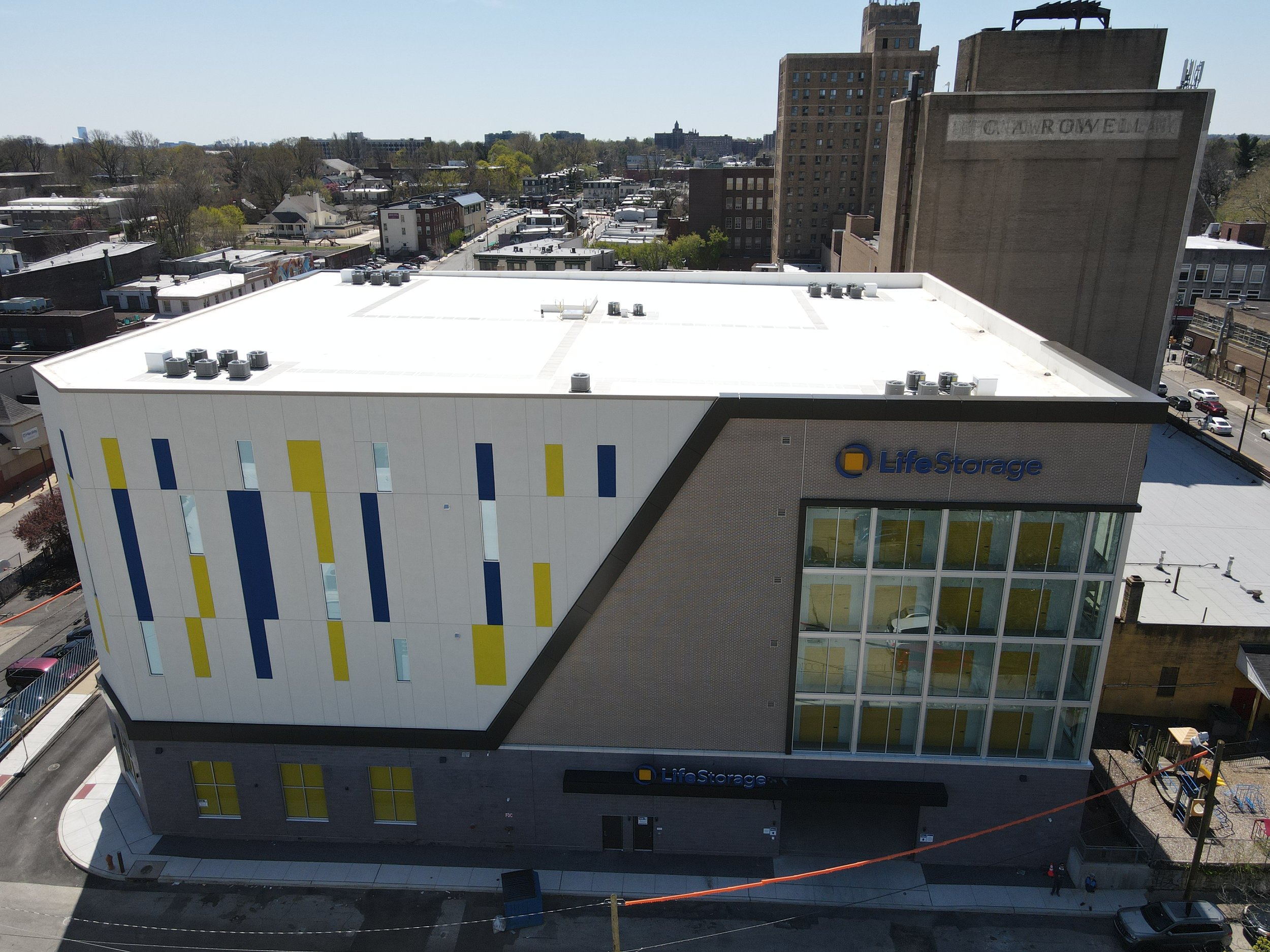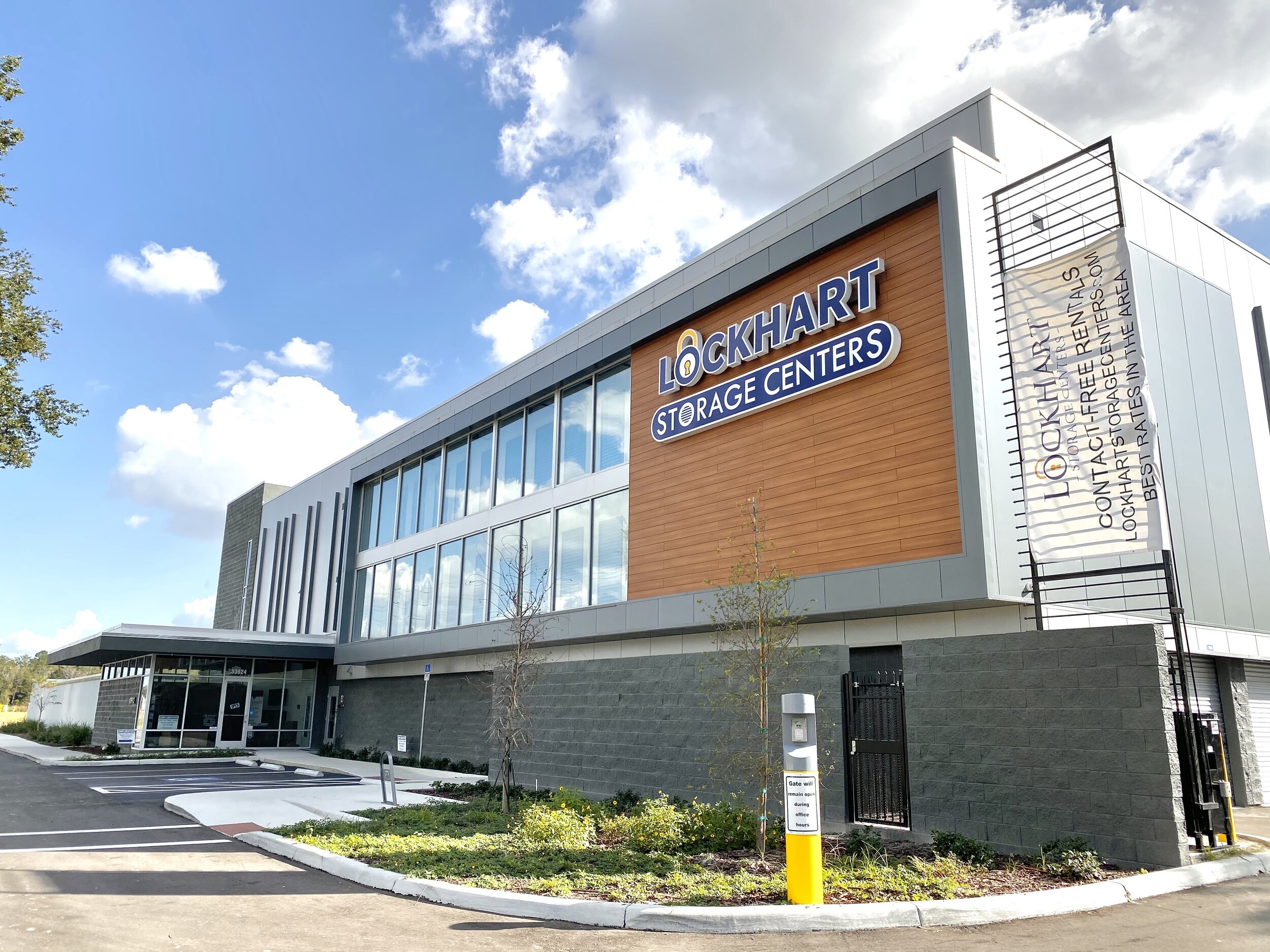Self-Storage Industry Trends for 2024
The self-storage market doesn’t stay still for too long. Though the services provided by such businesses may sound relatively straightforward, increasing customer expectations and a more competitive market means that the industry is forever looking forward.
And that’s been especially true over the past few years when demand for self-storage units has risen considerably. Though there are plenty of potential customers out there, new businesses looking to break into the market must stay abreast of the latest self-storage industry trends if they’re going to be successful.
In this post, we’ll run through the trends facing the self-storage industry we expect to see in 2024 and beyond, as well as provide some all-important tips for entrepreneurs looking to construct their self-storage facilities in the coming twelve months.
The Current State of the Self-Storage Industry
The self-storage market size saw significant growth in the months following the COVID-19 pandemic. While the growth rate for storage space has slowed down since then, self-storage has still proven to be a highly robust sector with plenty of anticipated growth in the coming years.
In the United States alone, the self-storage industry is worth a staggering $44 billion, and that number is expected to climb to at least $50 billion within five years. With a CAGR of 2.5 - 4.5%, there remains plenty of scope for new businesses to break into the market.
With that being said, the industry’s expected growth is not evenly distributed across all regions within the United States — in areas where the self-storage industry is already well represented, growth will be slower, while underrepresented areas may be on the cusp of a boom due to growing nationwide interest in the benefits of storage facilities.
Current Economic State of Self-Storage
As we saw above, the overall valuation of the self-storage industry is impressive and is anticipated to remain that way moving forward. Still, the industry is facing some challenges that are in line with the overall global economy.
For instance, the rising cost of living has led to an increase in the cost of materials, resulting in costlier build costs for new businesses.
Similarly, having seen an explosion of new businesses in recent years due to increased demand, some high-density cities are experiencing slight market saturation.
However, viewed across the board, demand for self-storage space remains consistent, and that’s in large part because self-storage facilities are largely required during all economic periods. When things are going well, people need more space to put their excess belongings.
When things are more challenging, people turn to storage units when they’re downsizing their homes or offices.
Let’s take a look at some industry trends that existing and emerging self-storage facilities must keep in mind moving forward.
Trend #1: A Growing Focus on Sustainability
The need for sustainable practices has been well-documented in the past few years, and it’s certainly not limited to self-storage businesses. The growing emphasis on sustainability and eco-friendly operations stems from government urging, consumer demand, and the business need to reduce energy costs.
Consumers have repeatedly expressed a desire to work with businesses that have an eye on environmental wellness. In the past, eco-friendly practices were considered a bonus. Today, and in the future, it’s becoming an essential asset that can help a business stand out from its competitors.
Sustainability can be a focus both during the construction phase of new self-storage units and as an ongoing practice. Examples may be incorporating eco-friendly energy sources (think: solar panels) and using smart heating and lighting technology that keeps energy consumption at a minimum.
Trend #2: Catering to the Millennial Population
Millennials form the largest age demographic in the United States and are also the primary driving force behind the increasing demand for self-storage units.
While there’s overlap between all age groups who require self-storage, there are also some key differences that businesses and self-storage facility owners must keep in mind if they’re going to offer the highest levels of customer satisfaction.
The youngest Millennials were born in 1996, making them the age now — late twenties — when people first start thinking about renting a larger storage unit. Businesses should direct marketing materials and their self-storage operations to this demographic, which has increasing spending power.
Above all, Millennials want smooth, digital solutions. In the self-storage sector, that can mean keyless entry, online sign-up, multiple payment options, and anything else that minimizes face-to-face, non-digital steps.
Trend #3: Up to Date Technology
The technological sector has developed significantly in recent years. More than ever, customers expect businesses to have well-functioning, modern technological solutions.
Investing in this aspect of the business won’t just help to keep operations running smoothly, but energy-efficient technologies can also help with brand perception. Companies that fail to invest in this area may be viewed as outdated by a consumer audience that places increasing significance on technological capabilities.
Staying up to date with technology stretches beyond the day-to-day operations. It extends to the businesses’ entire digital footprint. Modern consumers are much more likely to trust a business that has a well-functioning, well-designed website that clearly outlines its services.
Modern communication solutions, such as live website chat, can also enhance a consumer’s perception of the brand’s customer service.
Trend #4: Acknowledging Diverse Demographics
We talked above about the need for growing self-storage unit businesses to cater to the increasingly powerful Millennial age group, and to incorporate up-to-date technology into their consumer-facing operations.
However, it’s also important for businesses to acknowledge the needs of other age groups. Baby boomers make up a significant portion of self-storage customers, and often have different requirements than younger generations.
To maintain an excellent reputation among older customers, brands must avoid the temptation to entirely digitize their services.
For instance, baby boomers are more likely to prefer speaking to a live customer service agent on the phone or in person, and less likely to need/want brand applications.
While future self-storage industry trends will place increased emphasis on younger customers, continuing to acknowledge the expectations of older customers is paramount.
Trend #5: Self-Storage Software Adoption
Leading self-storage brands are increasingly turning to software solutions to enhance productivity, boost revenue growth and customer retention, and automate time-consuming tasks.
In 2024 and beyond, businesses and self-storage operators will be dependent on software tools that allow them to offer a seamless customer experience.
There’s a software solution for all manner of operational activities, including customer acquisition, payment collection, marketing automation, and facility management.
Though these tools have been around for some years, they’ve become more important in recent years due to increased competition, especially in areas experiencing market saturation.
Trend #6: Tailored Self-Storage Solutions
There’s been a growing shift towards customized offerings across a broad range of industries in the past few years.
Now, it’s coming to the self-storage industry. Businesses are increasingly looking to offer personalized services to meet the unique demands of each customer.
In the past, brands would offer units in a variety of shapes and sizes. Today, they’re more likely to engage with customers directly and ask what they specifically need from their self-storage unit.
For example, businesses may offer units specifically designed for the storage of specialty items, such as classic cars, vintage wine collections, or valuable electronics. In the process, they help to boost customer satisfaction and show that they’re willing to adapt services to meet new storage demands.
Trend #7: Offering Additional Services
With rising costs and increased competition for customers, self-storage businesses will increasingly look to offer additional services as a way to increase revenue and attract more attention in a crowded marketplace. Some of the obvious ways that self-storage units can expand their services include offering moving services, selling moving supplies, collection and delivery, and VIP packages.
Things to Consider When Constructing Self-Storage in 2024
Thinking of opening your own self-storage business, or expanding your existing business? With plenty of anticipated growth in the coming years, it remains an excellent time to construct self-storage units and begin attracting customers.
While there’s plenty of scope for generating profit, it’s not guaranteed. To give your business the strongest chances of success, keep the following tips in mind:
Remember — Location is Key
Selecting a site where there’s local demand, manageable real estate and operating costs, and minimal competition is key to success.
Work With an Experienced Contractor
Not all contractors are created equal. Work with one that has a track record of success and who can construct a quality, made-to-last storage facility that’s in line with your budget.
Find Your USP
You’ll stand out from the crowd if you have a unique selling proposition that attracts customers. Figure out what makes your business different from others, and make that a central part of the story you tell.
Put Together a Marketing Strategy
This is especially important if you operate in an area with high supply. A robust, well-thought-out marketing strategy will help to keep your voice in a crowded marketplace.
If you’re looking to enter the self-storage market by building a self-storage facility or expanding your operations in the self-storage industry, then don’t hesitate to get in touch with us here at the Storage Building Company for a free consultation. You can contact us by filling out the form on this page or by calling 941.374.3561.

